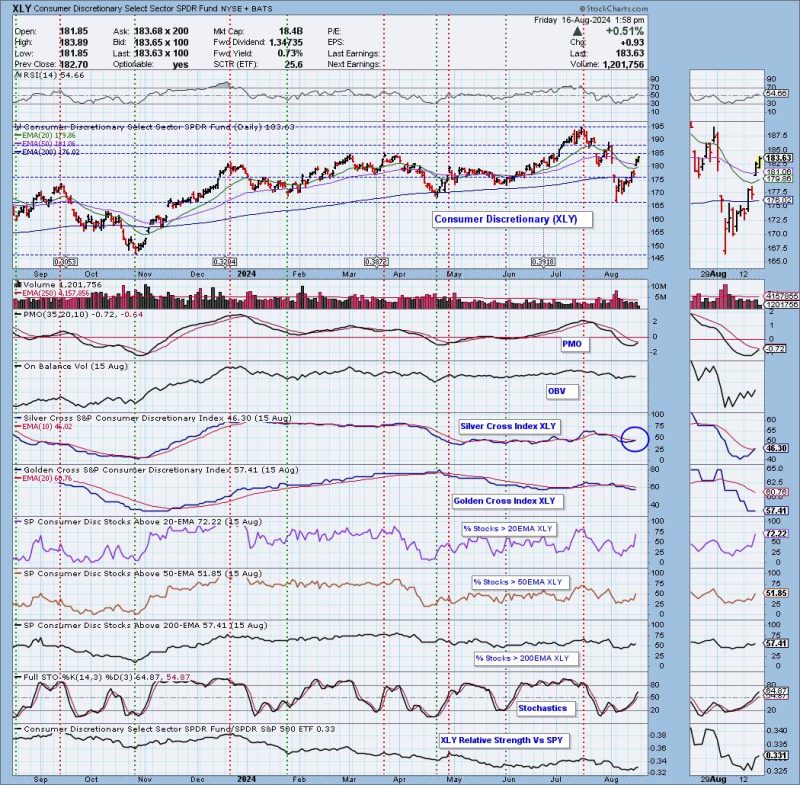Consumer Discretionary Sector: Riding the New IT Bullish Bias
The Consumer Discretionary sector is currently experiencing a significant transformation due to the emergence of new IT technologies. These technologies have not only changed the way companies operate but also how consumers interact with businesses, resulting in a bullish bias in the sector.
One of the key factors driving this bullish bias is the increased focus on personalization and customization in consumer products and services. With the help of advanced data analytics and AI tools, companies can now better understand consumer preferences and behaviors, allowing them to tailor their offerings to individual needs. This level of personalization has led to higher customer satisfaction and loyalty, ultimately translating into increased revenues for companies in the Consumer Discretionary sector.
Furthermore, the integration of new IT technologies has enabled companies to streamline their operations and improve efficiency. From supply chain management to marketing and customer service, IT advancements have enhanced various aspects of the consumer goods industry. For example, automated systems and AI-powered chatbots have revolutionized customer service, providing quicker responses and resolutions to consumer queries and issues.
Another significant impact of the new IT bullish bias in the Consumer Discretionary sector is the rise of e-commerce and online retail. With the proliferation of smartphones and high-speed internet, consumers are now more inclined to shop online, leading to a surge in digital commerce. Companies that have embraced e-commerce platforms and digital marketing strategies have seen substantial growth in their sales and market share, further contributing to the positive outlook of the sector.
Moreover, the shift towards a digital-first approach has allowed companies to expand their reach beyond traditional markets and demographics. By leveraging social media, targeted advertising, and influencer partnerships, consumer discretionary companies can engage with a broader audience and create a strong brand presence online. This digital transformation has not only increased brand awareness but also opened up new revenue streams for companies in the sector.
In conclusion, the Consumer Discretionary sector is currently benefiting from a bullish bias driven by the integration of new IT technologies. From personalized consumer experiences to streamlined operations and expanded online reach, companies in the sector are leveraging these advancements to drive growth and enhance profitability. As the digital landscape continues to evolve, it will be crucial for consumer discretionary companies to stay ahead of the curve and adapt to emerging trends to maintain their competitive edge in the market.

